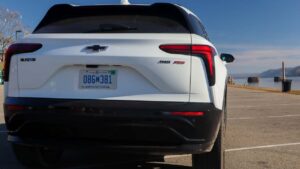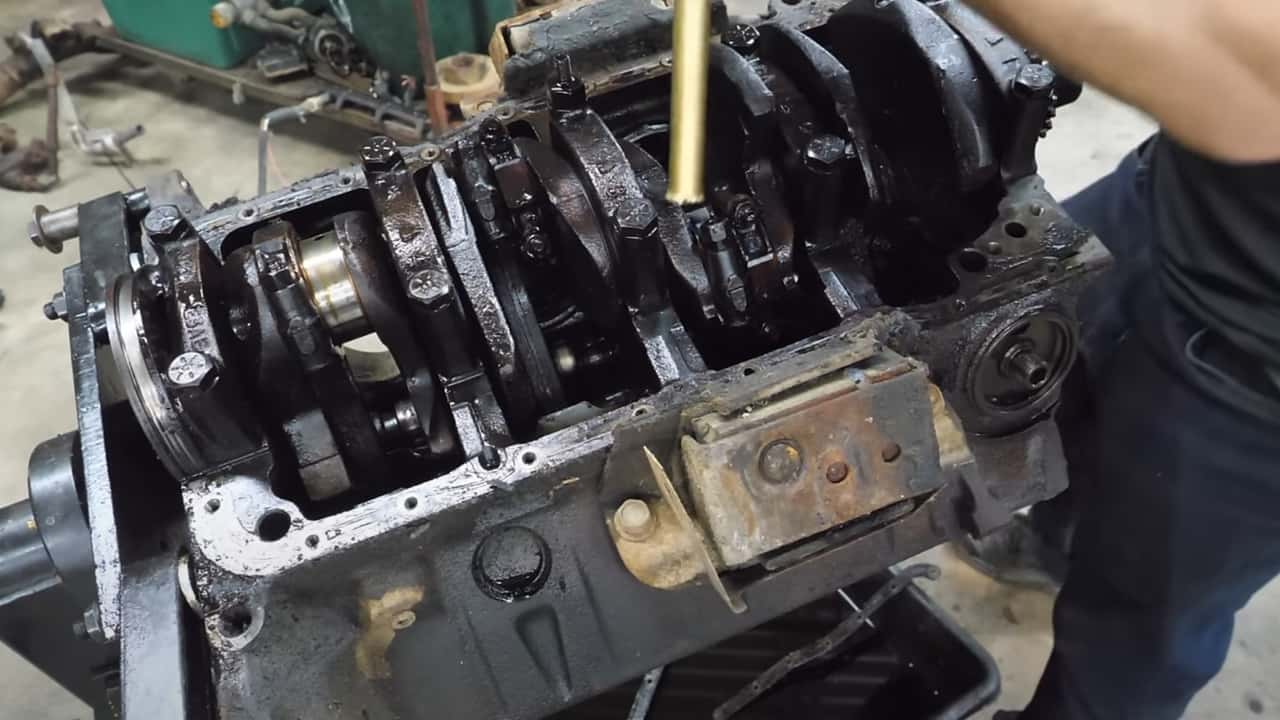Still Fun: the Timeless Joy of Driving a 90s Coupe
After nearly three months since acquiring my first hobby vehicle (also known as a weekend car, project car, or restoration project), the condition of the 1994 Ford Probe has significantly improved. Celebrating its upcoming 30th anniversary (first registered on May 8, 1994), this vintage vehicle now purrs with an idling rhythm that is almost perfect, displays a much smoother acceleration, and has undergone a near-complete restoration of its operational functions. However, there is still a considerable journey ahead before the car reaches the desired condition. Let me share with you the latest updates.
When I first got the car, it was unique because it was a hybrid, but not in the modern sense with a combination of an internal combustion engine and an electric motor. Instead, the engine had been changed to run on liquefied petroleum gas (LPG), a common practice in Bulgaria where many cars are converted from petrol to LPG. When done properly, this modification can lead to financial savings in the long run with only a slight reduction in engine power. Unfortunately, my Probe did not experience such luck.
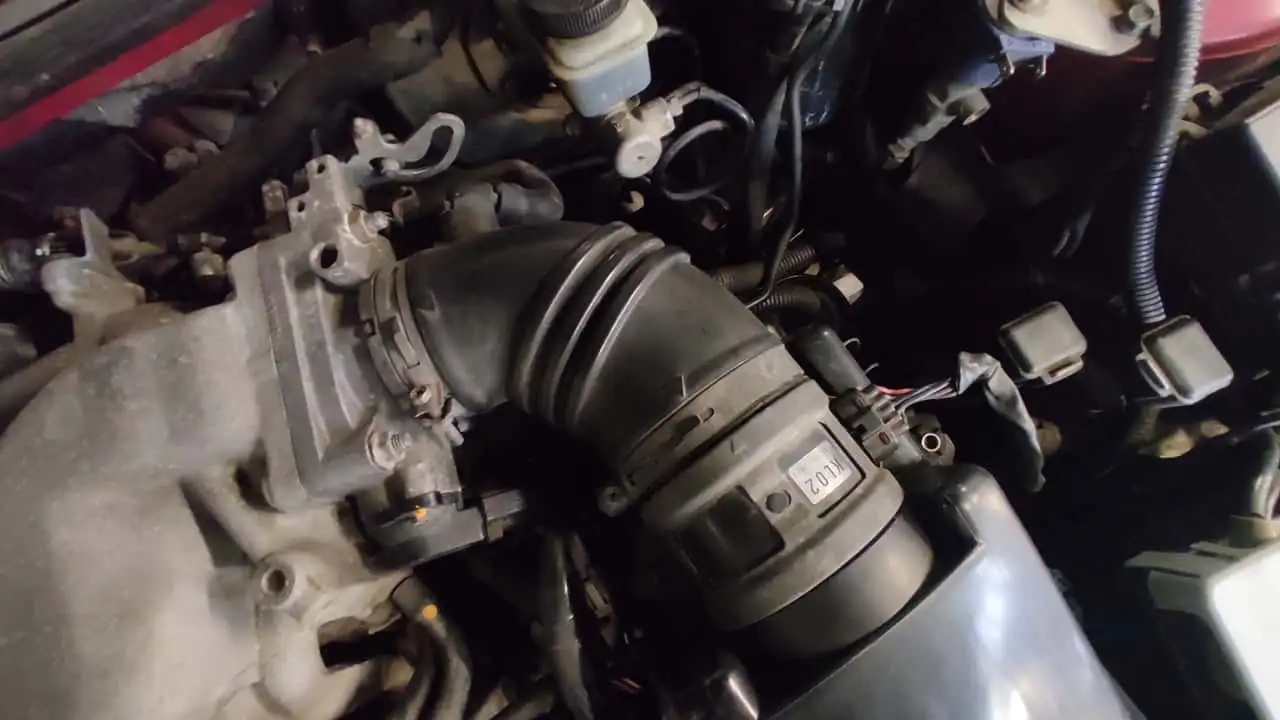
The 2.5-liter V6 engine, which comes with a multi-port injection system, was not well-suited for compatibility with outdated LPG systems that relied on a single fuel dispenser. Picture this setup as an extra throttle body that connects to the LPG infrastructure, bypassing the original gasoline injectors and running on this different type of fuel. This was the situation with my vehicle, worsened by a sloppy installation that included low-quality sealants in the air intake and throttle body. The outcome? The car displayed erratic performance when running on gasoline, struggled to idle properly, and almost couldn’t function on LPG.
Shortly after buying the car, I decided to remove the LPG system to bring the car back as close as possible to its original state. When I parked the car in my garage, my main focus was on completely taking out the LPG setup and replacing any engine parts that had been altered with their original versions. Running into a small challenge, I couldn’t find a new air intake locally, but luckily I connected with someone in the UK who was willing to send it over. After a few days, the car was running smoothly, almost like it did when it rolled off the factory floor. Changing the spark plugs, cables, and fuel filter made a significant difference as well.
One important job still needs to be done in replacing an additional air intake, which is yet to be sent from the United States. Additionally, I have acquired a new distributor, throttle body, intake manifold gaskets, and various vacuum valves and hoses, aiming to achieve the last 5 percent of smooth idling.
On the contrary, there has been minimal advancement in tackling the problem of corrosion up to this point. When the LPG system was taken apart, including an LPG tank located in the trunk, it exposed a growing spread of rust. The area near the spare tire appeared concerning, but the most severe corrosion was found on the bracket supporting the rear shock absorbers (refer to the pictures below). Thankfully, I managed to secure assistance for thorough rust treatment, although it won’t be carried out until this fall.
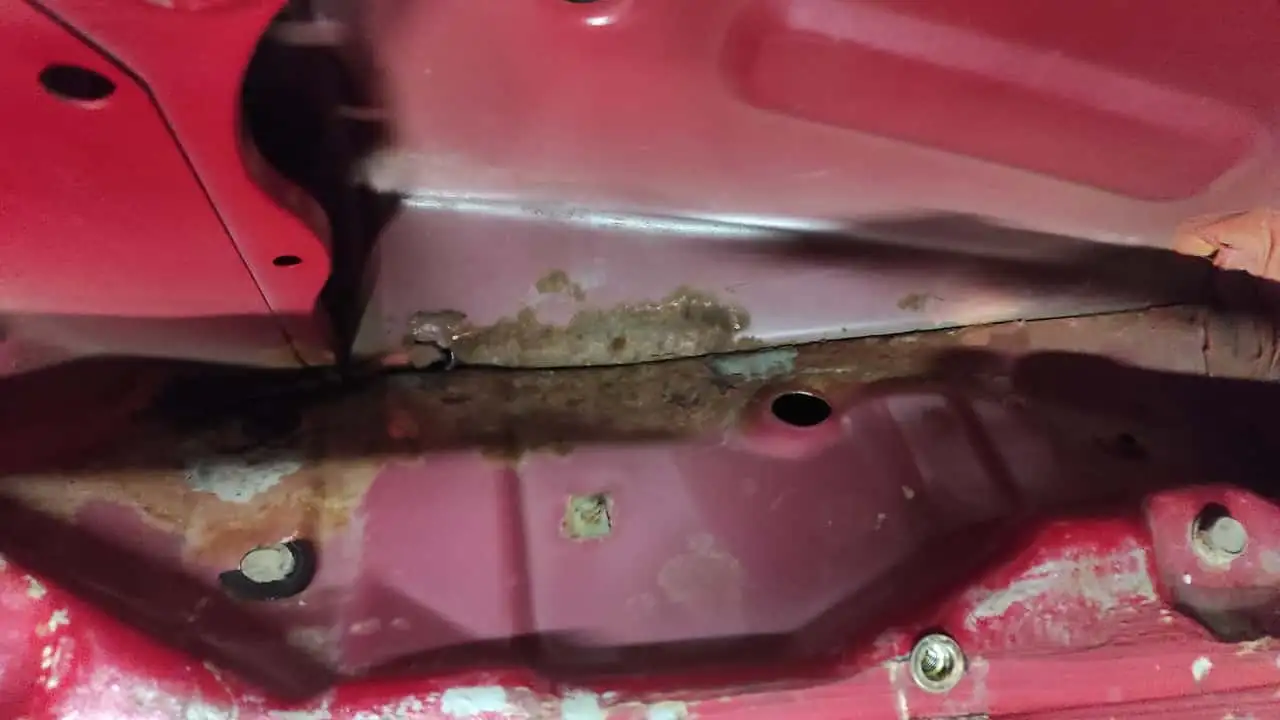
The procedure will involve dismantling the suspension entirely, fixing all areas affected by rust, creating and welding new side skirts, and cleaning the undercarriage with sandblasting, then applying a protective coat. Similar actions are expected for the engine compartment, where fortunately, rust indications are limited. Before these actions, it’s necessary to take apart the interior and remove both bumpers and plastic panels. The following reassembly presents a significant challenge in itself.
At the core of restoring an old vehicle lies the search for necessary parts. This search can be split into two main areas: buying new parts and finding salvaged items from junkyards. Even though the Ford Probe is nearly 30 years old, getting new parts is not too difficult. Trusted online stores like RockAuto and AutoDoc have a wide selection of engine, suspension, electrical, and brake components available for purchase.
So far, I have spent over £1,000 on recent parts such as brake calipers, discs, and pads, engine belts, spark plugs and cables, alternator, and starter assemblies, gaskets, different sensors, along with all engine and transmission mounts. In the upcoming summer, I plan to buy various suspension and steering components, but their installation will depend on fixing the rust issue.
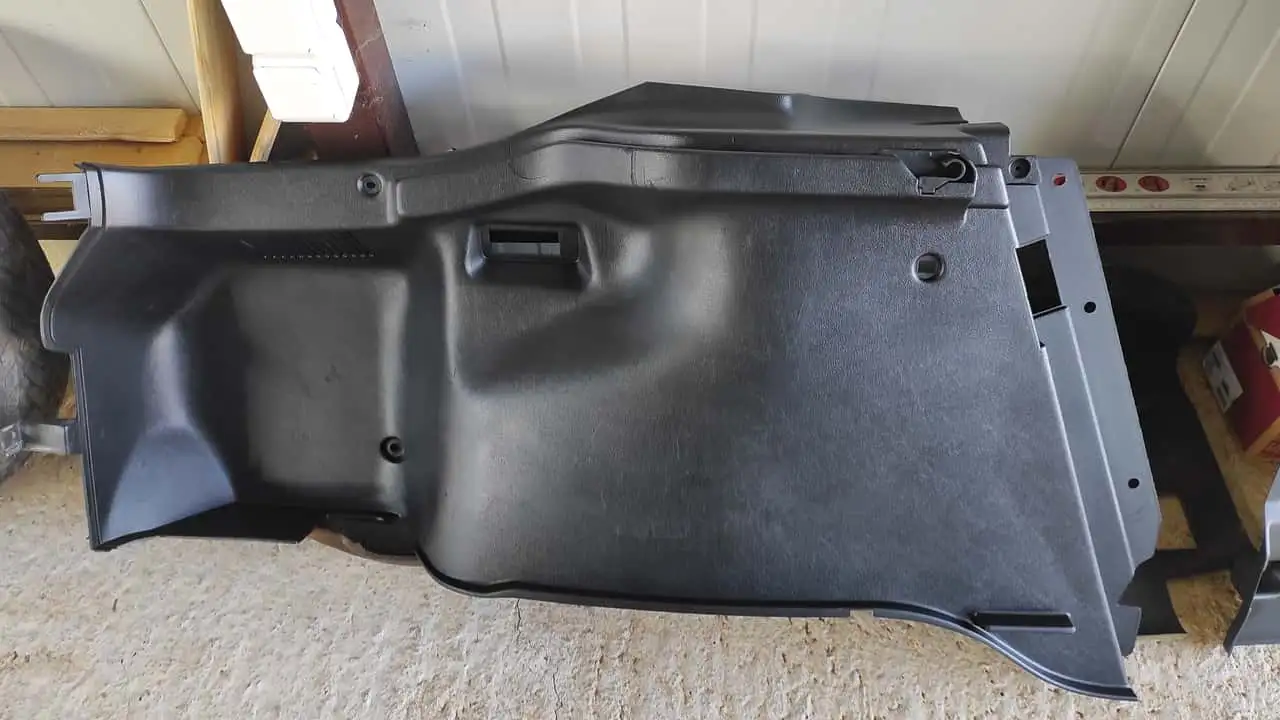
On the other hand, sourcing used parts from other Probe enthusiasts poses a more complex challenge. Notable successes in this area include locating various interior plastic trim panels that were missing or damaged in my car, a driver’s door window control switch (which cost a significant £50), the air intakes mentioned earlier, and front seats in excellent condition.
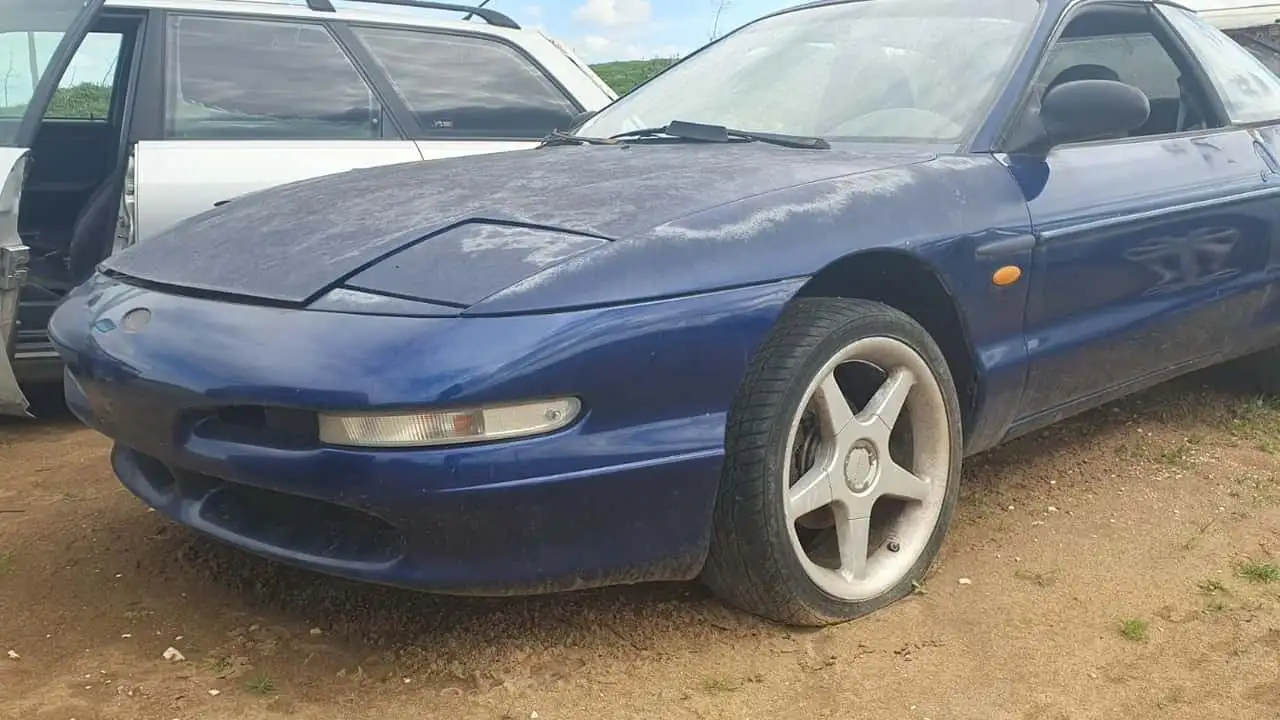
Currently, I am regularly in touch with several brokers based in Bulgaria, the UK, and the US. It appears that most of the necessary parts will be delivered to my garage within approximately a month. These components consist of bonnet insulation, rear bumper badges (which were completely removed from my car), a final air intake, and a timing belt plastic cover. Interestingly, someone attempted to repair a broken plastic cover using a beer can – quite clever, although not quite my preferred method.
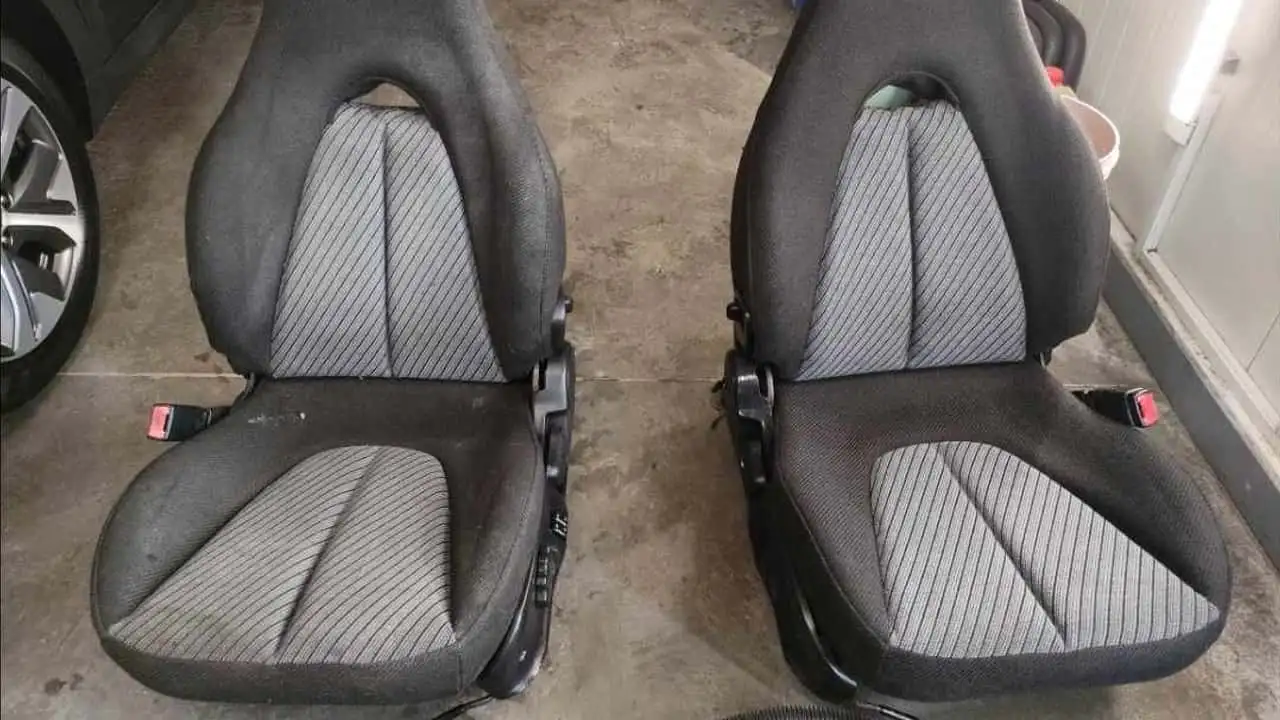
The work done on my car during a period of nearly three months may seem premature due to a significant rust issue that needs to be addressed first. However, my strategy has shifted. I want to keep the car running – even if not perfectly – for the upcoming summer season so I can enjoy some leisurely drives before tackling the extensive rust repair. The winter tires, in use for a full nine years, were impacting the ride quality and steering accuracy, leading me to opt for a new set of affordable summer tires. Prior to this, the wheels were completely refurbished, a task that was admittedly not a top priority but was done in anticipation of pairing the new tires with freshly restored wheels.
A quick overview of the car’s interior might have seemed unnecessary at this point. However, considering the upcoming hours I will be driving during the summer, I chose to guarantee a level of cleanliness and freshness that meets my standards. A more thorough cleaning will happen once the interior reassembly begins. The engine bay will also receive a detailed cleaning in the final stages of the restoration, and the exterior will undergo a deep polishing and waxing. Hopefully, we will discuss these steps later this year.
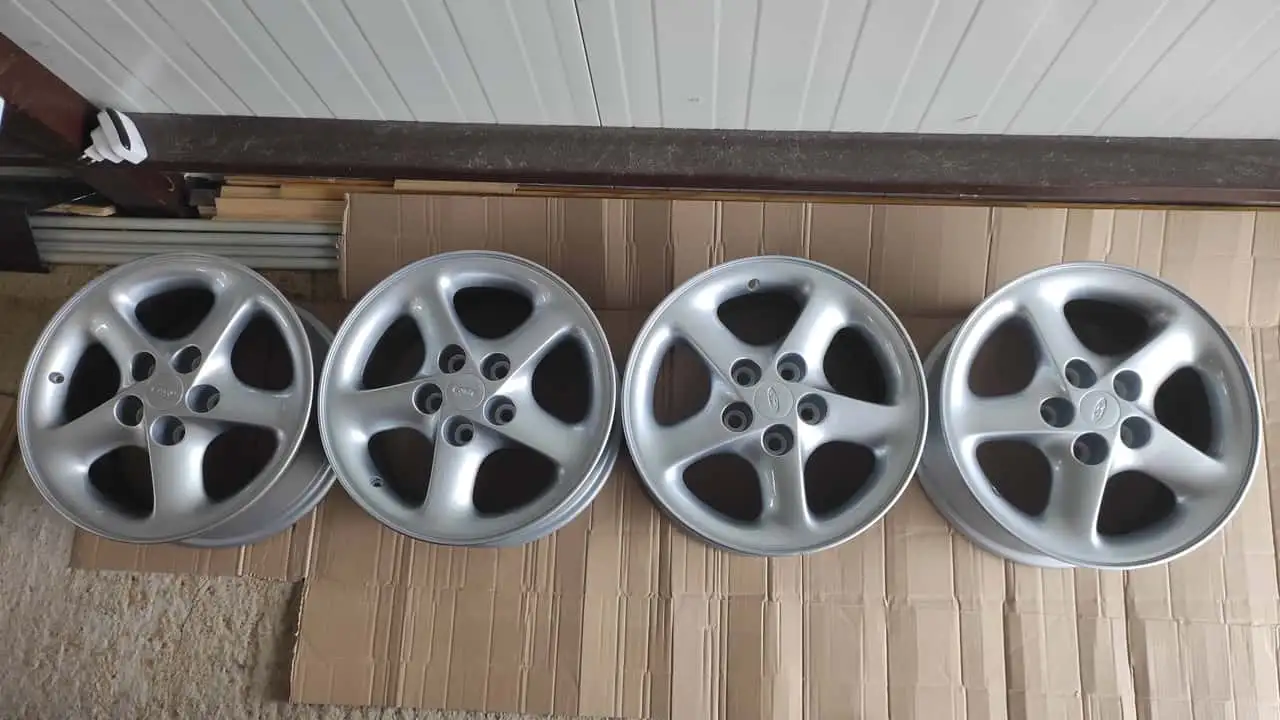
As stated previously, my plan for the summer is to enjoy driving my Probe to the fullest. While it may not be in perfect condition yet, my goal is to have a well-tuned engine, new tires on freshly painted wheels, and all its features working perfectly. I look forward to savoring the time spent behind the wheel. To limit fuel usage, as we use a VW ID.4 for daily commuting in my household, I will only take the Probe out of storage for weekend excursions.
However, the joy of owning the Probe goes beyond just driving it. As I make small repairs or upgrades, my smile grows wider every time I sit in the driver’s seat. The Probe’s agility is a refreshing change from the heavy bulk of my 2.1-ton ID.4, giving me a sense of freedom. Additionally, the engine’s sound, both restrained and energetic, creates a special bond with the car that is hard to describe.
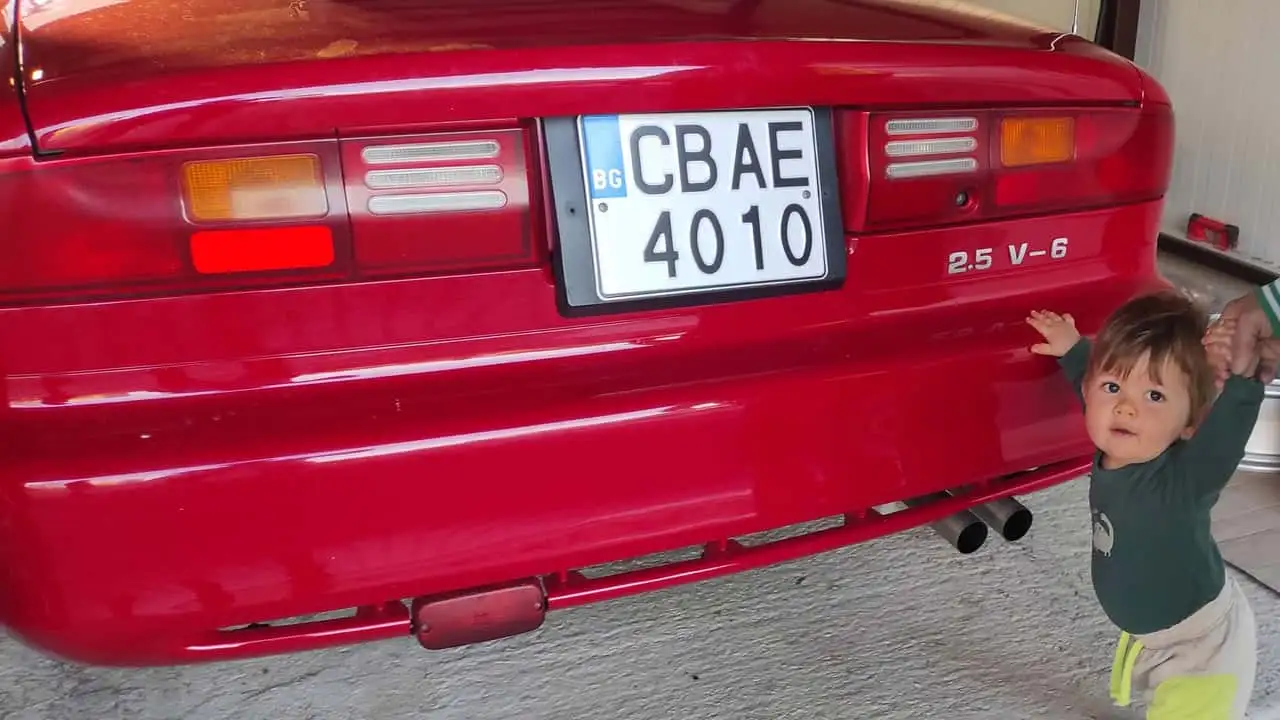
Furthermore, I thoroughly enjoy each moment dedicated to the art of car maintenance. While my background as a mechanical engineer provides me with a strong theoretical base, my hands-on experience in the field of vehicle repair is limited, mostly consisting of occasional visits during summer breaks as a child at my father’s auto shop. However, when it comes to working on the Probe, I have the luxury of time and can thoroughly research each task before starting. With a comprehensive 350-page Haynes repair manual by my side, I feel confident in tackling the majority of repairs independently. The most rewarding aspect is witnessing the actual improvement in the car’s condition after completing the work.
So far, I have only needed a professional mechanic to replace the exhaust system. All other repairs were accomplished through my own efforts. I am scheduled to visit my father’s shop in the upcoming weeks for a new timing belt and water pump installation, which is a task I am not comfortable doing on my own at this point.
In conclusion, the upcoming season brings the potential for unmatched pleasure, both in driving and working on my cherished Probe as I journey towards automotive excellence.

